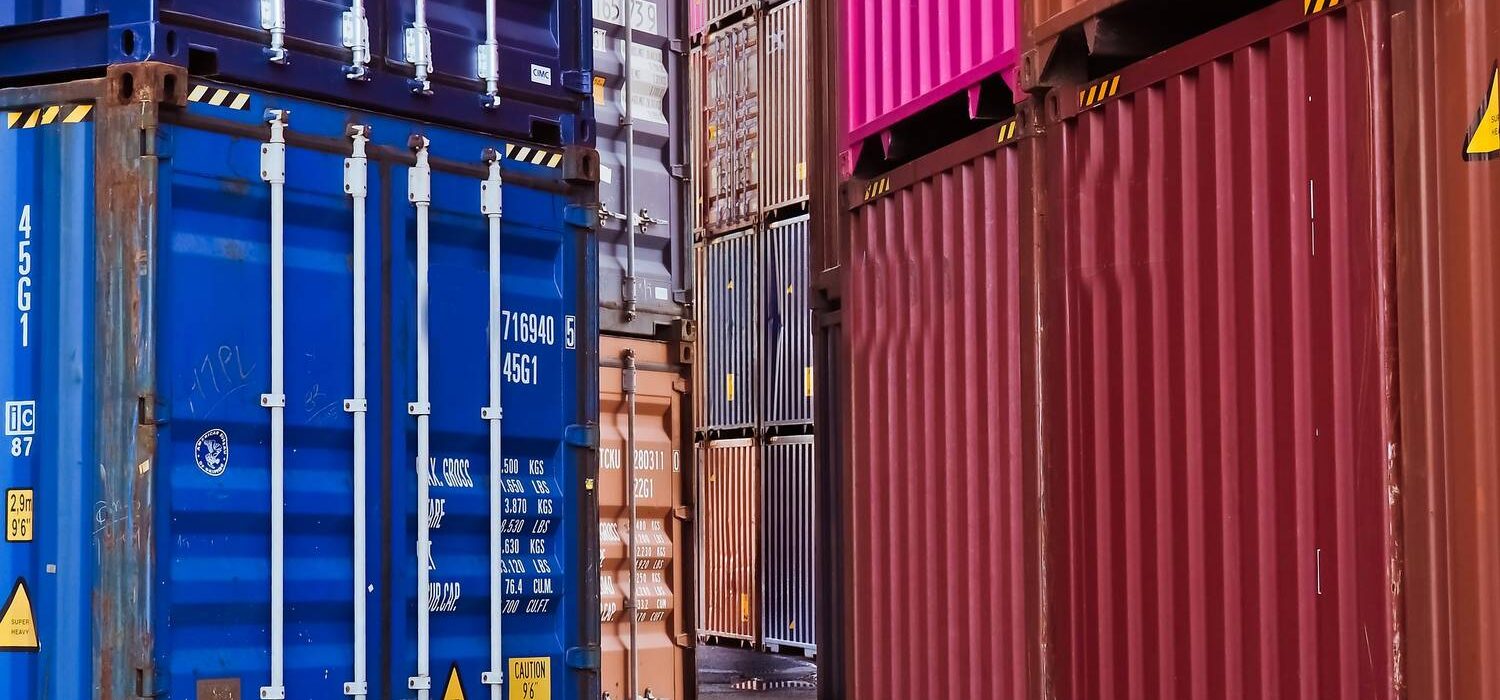Refrigerated containers are devices with a thermally insulated body made of polyurethane foam. These devices are equipped with a refrigeration system, thanks to which the temperature inside the container is maintained in the temperature range from -30 degrees to +25 degrees. This equipment is now actively used for freezing products and their storage and transportation in frozen form.
Currently, the refrigerated container has practically replaced large industrial cold stores and small warehouses. The main distinguishing features of such a device are ease of assembly and transport as well as robustness. This is a simple and economical equipment that can work not only as a refrigerator, but also as a storage for heating. The price is affordable for the buyer, which makes this equipment very popular.
Refrigerated container design
When planning to buy or rent a refrigerated container, many questions arise most often about its operation, maintenance, features of various models and brands. A standard sea refrigerated container consists of two main structural elements – the body and the refrigeration unit itself. The body of the product consists of sandwich panels made of polyurethane. It has an outer coating in the form of a sheet of duralumin. The door of the body is made of the same material and equipped with locks for tight closing of the body. At the end of the body there is a refrigeration unit and an electronic unit that automatically maintains a certain temperature in the container.
- https://www.luftsystem.pl/witamina-d-gdzie-wystepuje/
- https://www.fg-polska.pl/najlepsze-telewizory-na-rynku/
- https://www.centratalentu.pl/jak-wiele-moze-zniesc-szklo-hartowane/
Installation of refrigerated container on site
Do you need to store goods for which temperature control is important? Are you looking for an option for a small warehouse with constant humidity and a specific temperature inside? These tasks are solved by refrigerated containers. The sale and rental of such equipment is handled by a professional company whose specialists provide comprehensive advice on how to deal with it. One of the common problems is the consequences of errors during container installation.
This seemingly elementary problem is often solved incorrectly. This may compromise the functionality and integrity of the equipment. What is worth paying attention to?
Design features of refrigerated containers
A refrigerated container is a standard-sized device with a sealed door and refrigeration equipment installed. The construction of the container includes elements adapted to various mechanical loads. Therefore, in the event of incorrect assembly, the car body can easily be damaged, and the tightness of the door can be broken. Let’s not forget that freezer containers are not just big boxes. These are rather huge refrigerators.
The equipment requires periodic maintenance, diagnostics and possibly repair. Therefore, the rules of its location relative to other objects must be strictly observed.
Preparation of the position for the refrigerated container
Please note the following before placing the container in the selected area. If it will stand directly on the construction site, it should be leveled as much as possible. No bulges are allowed. If the installation is done on blocks, they must be vertically on the same level and exactly correspond to the geometry of the container. Blocks must not be installed between the corners. To prevent door jamming and leakage, the refrigerated container must be installed strictly horizontally. A slope of up to 2-3 degrees along the longer side of the container is allowed. This will facilitate water flow when washing the indoor unit.
Consider servicing refrigerated containers!
Often there is a fence or other object next to the container that cannot be moved. In this case, the distance between the container wall and the obstacle must be at least 1.5 meters (preferably 2 meters). In this case, any part of the hull or equipment will have fairly free access to maintenance specialists. Remember that if the container is in place for a long time, it will need to be connected to the mains.
Where can I get advice on installing reefer containers?
The best solution is to contact a company that sells or rents refrigerated containers. Specialists will provide full information on the operation of this equipment. In addition, they will help to choose the right model or calculate the most economical option for your capabilities.
How to service refrigerated containers?
Have you bought or rented refrigerated containers? In order for them to fully perform all their functions, regular maintenance is necessary. Yes, modern manufacturers provide their products with a high margin of reliability and a long service life. However, these are still devices that require a competent approach. An efficient cooling system, electronics and even the case require constant monitoring and appropriate regular maintenance.
Compliance with the rules of operation and maintenance can extend the life of reefer containers. In addition, it will protect you against force majeure related to the loss or damage of the cargo.
Features of the refrigerated container body
In fact, it is a strong metal frame with a multi-layer sheet metal coating on the outside, inside profiled stainless steel sheets and polyurethane foam in between. Thanks to the undamaged housing, the microclimate inside is maintained for more than a day, even when the cooling system is not working.
To prevent possible problems, the service of refrigerated containers includes checking:
-
-
-
-
- The integrity of the entire container.
- Fastening of external and internal metal layers.
- Reliability of fixing thermal insulation panels.
- The condition of the door seals.
- Equipment control
-
-
-
Information about the status of all systems is displayed on a digital device. This allows you to see how normal your equipment has been operating over the past 90 days, for example. Such a report provides data on whether there are problems in the refrigeration unit and where exactly they are located. If any are found, the specialist eliminates them. If not, routine maintenance is performed to check components, tighten fittings, clean pipeline, check refrigerant and oil levels, and replace filters.
After unloading the container, it is mandatory to wash and disinfect its internal surfaces. This prevents the development of putrefactive microorganisms and fungi.








